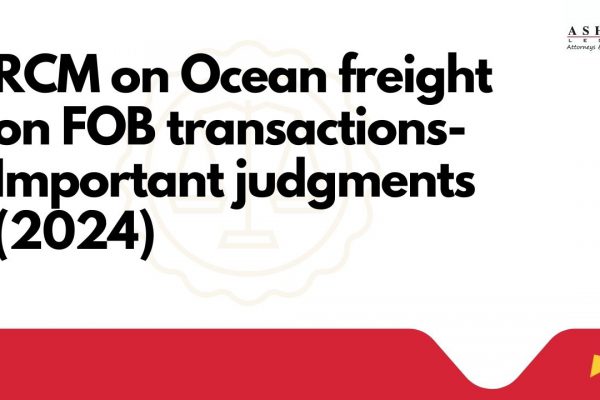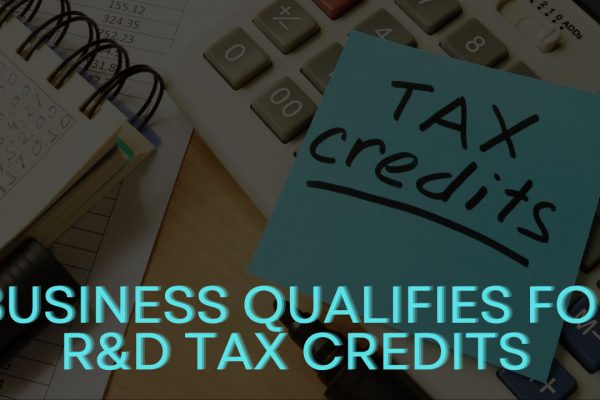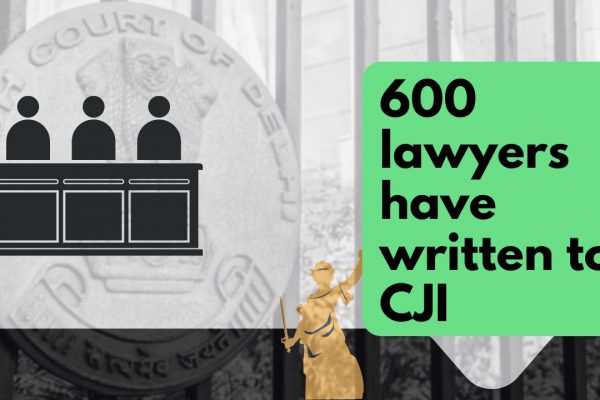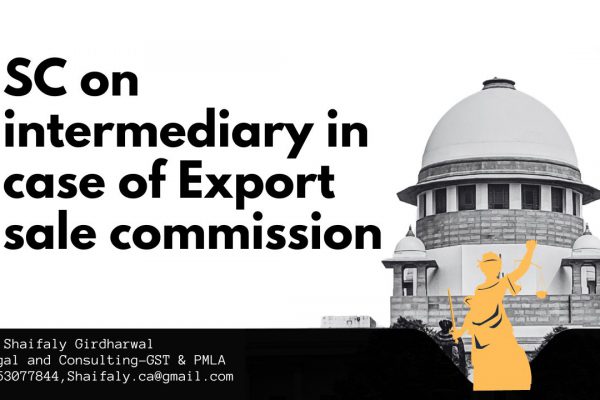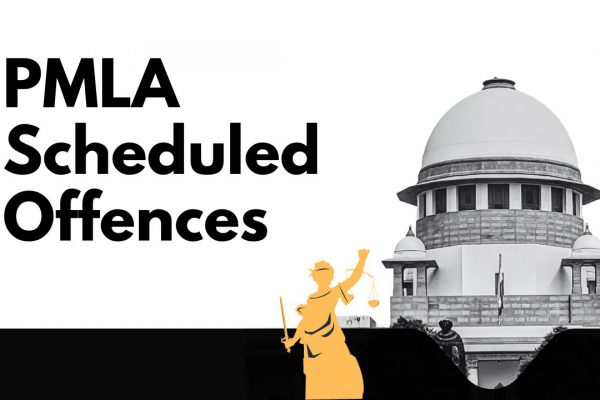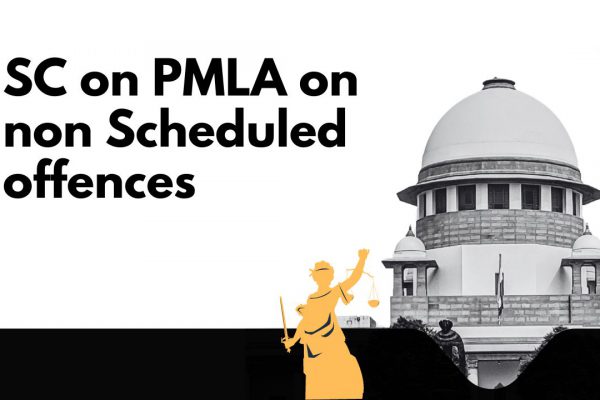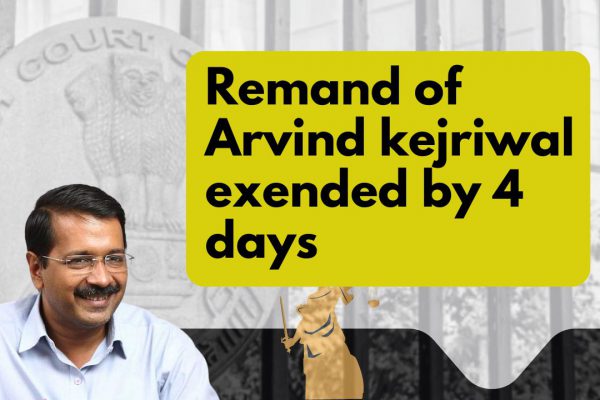Shop Inspection & Follow-Up
Shop Inspection & Follow-Up
The State GST authorities under TNCT Department have since been properly notified and jurisdictions defined for assessing authorities and for Intelligence (Enforcement) Wing and they are expected to enforce their duties of assessment and other duties vested under the GST Act.
In this article, we try to analyze the provisions relating to inspection of the place of business of a dealer and
the required follow-up based on the said inspection under GST provisions.
Chapter XIV – INSPECTION, SEARCH, SEIZURE AND ARREST – Section 67 of CGST Act 2017 and TNGST Act 2017 under this chapter provides for inspection of the place of business, or any other place as found necessary by a Centre/State officer authorized by the Joint Commissioner. Manner and methodology for such inspection have been provided in Rule 139 of CGST Rules 2017. The provision of Sec.67 permits for inspection of any place of business of a dealer, or place of transporting goods, godown, lorry shed etc.
The Joint Commissioner shall issue authorization in Form GST INS-01 for such conduct of the inspection. If any goods, records, documents to be recovered for further scrutiny the inspecting officer shall issue a receipt in Form GST INS-02. The inspecting officer may also direct the concerned persons not to remove or dispose of such goods until further orders and for this purpose shall issue intimation in Form GST INS-03. The proper officers are sufficiently empowered to seal or break open any premises, lockers etc.
Under erstwhile fiscal acts, house searches were conducted wherever necessary only after getting appropriate warrant from Civil Courts and such warrants were issued by the Magistrates concerned. Under GST, this power under the Criminal Procedure Code has been vested with “Commissioner” itself and hence no search warrant is necessary for any house search. The relevant provision of Sec. 67(10) is also follows:
“(10) The provisions of the Code of Criminal Procedure, 1973, relating to search and seizure, shall, so far as may be, apply to search and seizure under this section subject to the modification that sub-section (5) of section 165 of the said Code shall have effect as if for the word “Magistrate”, wherever it occurs, the word “Commissioner” were substituted. The particulars so gathered during the inspection”
At the time of inspection, the accounts of the dealers shall be verified and the availability of the stock goods found taken for further verification. Section 35 read with Rule 56, 57 and 58 prescribes the details of accounts to be maintained by a dealer or transporter operators.
One more interesting element. Most of you might have forgotten the important activity of CT Officers being “Test Purchase” which paved way for opening an IF on a dealer. Though not implemented under VAT system, it was effectively in force during the TNGST Act 1959 era. Under GST Acts, this activity of Test Purchase has been provided in the Act itself, and the relevant provision of Sec. 67 (12) is as follows:
“(12) The Commissioner or an officer authorised by him may cause the purchase of any goods or services or both by any person authorised by him from the business premises of any taxable person, to check the issue of tax invoices or bills of supply by such a taxable person, and on return of goods so purchased by such officer, such taxable person or any person in charge of the business premises shall refund the amount so paid towards the goods after cancelling any tax invoice or bill of supply issued earlier”
The factors gathered during the above inspection, searches, test purchases etc., can be used for making an assessment of any escapement of tax by making an assessment order by the authorized proper officer.
In the matter of making an assessment, definitely, the GST Act does not contain the period of assessment to be made on the taxpayer. Chapter XII deals with assessment in which the period of assessment has not been specifically mentioned but specified as per the “return for the tax period” which may be monthly or quarterly. As such each of the tax return may be considered as an “instrument” for making out an assessment on a taxpayer. The Annual return prescribed under Section 44 and 45 is not specified as a base for making out an assessment. Further in the press release dated 9-10-2020, the errors in auto-population of GSTR-9 may be ignored and even if wrongly filed no action would be taken against such dealers. It has been mentioned as “ No adverse view would be taken in cases where there are variations in returns for taxpayers who have already filed their GSTR-9” which pave way for the assumption that the annual returns are not bases for assessment and only the tax returns shall be considered for assessment. As there are no specific directions from the higher-ups, the proper officers of assessment both Centre and State are in a lurch and they are making assessments at their will. We have come across cases of assessments made monthly in some cases and annually in some cases.
Hence in making out an assessment based on the result of inspection or on the report on levy of penalty during vehicular check we are of the opinion, if the returns were filed by the dealer, annual turnover for a financial year may be taken as a basis for making an assessment “in certain special cases” under 64 of CGST Act of 2017.
If the incumbent dealer has not filed any returns till the time of inspection assessment proceedings to be initiated under Section 62 (1) which runs as follows:
62. (1) Notwithstanding anything to the contrary contained in section 73 or section 74, where a registered person fails to furnish the return under section 39 or section 45, even after the service of a notice under section 46, the proper officer may proceed to assess the tax liability of the said person to the best of his judgement taking into account all the relevant material which is available or which he has gathered and issued an assessment order within a period of five years from the date specified under section 44 for furnishing of the annual return for the financial year to which the tax not paid relates.
In respect of the above cases, an assessment order in FORM GST ASMT-13 has to be issued as per Rule 100 (1) CGST Rules 2017.
If the incumbent dealer is not a registered dealer under the GST Acts, the assessment has to be processed under Section 63 which runs as follows:
63. Notwithstanding anything to the contrary contained in section 73 or section 74, where a taxable person fails to obtain registration even though liable to do so or whose registration has been cancelled under sub-section (2) of section 29 but who was liable to pay tax, the proper officer may proceed to assess the tax liability of such taxable person to the best of his judgment for the relevant tax periods and issue an assessment order within a period of five years from the date specified under section 44 for furnishing of the annual return for the financial year to which the tax not paid relates:
Provided that no such assessment order shall be passed without giving the person an opportunity of being heard.
In respect of the above cases, a pre-assessment notice has to be issued in Form GST ASMT-14 allowing fifteen days for filing objections and shall pass an assessment order in Form GST ASMT-15 as per Rule 100(2) of CGST Rules.
In respect of normal, assesses, who have already filed returns but the inspection revealed suppressions best judgement assessment has to be made under Section 64 (1) which runs as follows:
64. (1) The proper officer may, on any evidence showing a tax liability of a person coming to his notice, with the previous permission of Additional Commissioner or Joint Commissioner, proceed to assess the tax liability of such person to protect the interest of revenue and issue an assessment order, if he has sufficient grounds to believe that any delay in doing so may adversely affect the interest of revenue:
Provided that where the taxable person to whom the liability pertains is not ascertainable and such liability pertains to supply of goods, the person in charge of such goods shall be deemed to be the taxable person liable to be assessed and liable to pay tax and any other amount due under this section.
In these cases, an order of assessment shall be made in Form GST ASMT-16 as provided in Rule 100 (3) of CGST Rules 2017.
In respect of these best judgement assessments, further recovery proceedings etc shall be initiated as provided in Section 74 of the Act. In case of Section 74 ( cases involving fraud/suppression of facts/willful misstatement), the relevant date shall be counted from the due date for filing of annual return for the financial year to which demand relates to. The Show Cause Notice has to be adjudicated within a period of five years from the due date of filing of annual return. The Show Cause Notice is required to be issued at least ix months prior to the time limit set for adjudication as per Sec.74(2 & 10) of CGST Act,2017.
In GST Acts the term “assessing officer” has not been defined and not used. For each of the duties, like assessment, inspection, vehicular inspection etc., the authorized officer as ordered by the Joint Commissioner is referred to as “proper officer” only.
I think the above guidelines may be useful for such proper officers.
Some of the queries raised by interested friends are discussed below:
If a dealer has filed his returns after the conduct of inspection by authorities, it would fall under Section 62 (2) of the Act which runs as follows:
(2) Where the registered person furnishes a valid return within thirty days of the service of the assessment order under sub-section (1), the said assessment order shall be deemed to have been withdrawn but the liability for payment of interest under sub-section (1) of section 50 or for payment of late fee under section 47 shall continue.
Hence if the findings arrived at the time of inspection tallies with the turnover subsequently reported by the dealer such best judgement notice shall be deemed to have been withdrawn under the above provisions but the liability of interest and late fee shall be there.
In the matter of levy of penalty, doubts have been raised under which section such penalty is leviable, as the penalty prescribed under Section 122 is equal to the tax evaded but Section 74 prescribes penalty at twenty-five percent of the tax due by the dealer. In this regard, the provisions are specific in this regard. If the process is under Section 74 subsequent to an inspection of the place of business, the penalty is specifically prescribed under Sec. 74 (8) as follows:
“(8) Where any person chargeable with tax under sub-section (1) pays the said tax along with interest payable under section 50 and a penalty equivalent to twenty-five per cent of such tax within thirty days of issue of the notice, all proceedings in respect of the said notice shall be deemed to be concluded”
Hence if the dealer agrees to the findings of the inspecting officers and paid the tax payable by him along with interest it would come under the above provision and a penalty at twenty-five per cent of tax may be levied. Only in respect of dealers who are purposefully suppressing their liabilities altogether and the department establishes proved suppression, Section 122 would come into play and penalty equivalent to the tax payable may be levied.
Regarding the authority of assessment under Section 64 (1), the provision is clear prescribing the “proper officer” as authorised by the Joint Commissioner or Additional Commissioner and hence the approval of CCT is not necessary.
I am closing this article with a lot of doubts as to whether all issues are covered and I invite any suggestions to improve.
Disclaimer:
The article has been drafted by me with available knowledge and I am not responsible for any inadvertent errors in the contents. It shall not be quoted as authority other than the provisions of the Act and Rules.
If you already have a premium membership, Sign In.
 S. SUTHANTHIRANATHAN
S. SUTHANTHIRANATHAN
I am now 73. My native place is Sivaganga, in Tamil Nadu. My father Sivasubramanian served in the Indian National Army of Subash Chandra Bose in Burma and after his return to India, I was born in 1947 after independence and christened as Suthanthiranthan (Swathanthranath). (There is difference of 15 years between me and my elder sister!) Regarding my educational education I am just high school final. Though I was first of my school (Raja’s High School, Sivaganga) in the SSLC Exams held in March 1962, as my father expired at my age ten, the relatives in charge of me refused to continue my studies in college and thus shattered my dream of becoming a doctor. I joined in TN Government service in 1966 and nearly completed 40 years of service and retired as Assistant Commissioner (CT) on 31-05-2005. During VAT regime I used to be a faculty of the CT Staff Training Institute, Vellore. I continue my contributions under GST regime to the extent of knowledge and experience of me.



